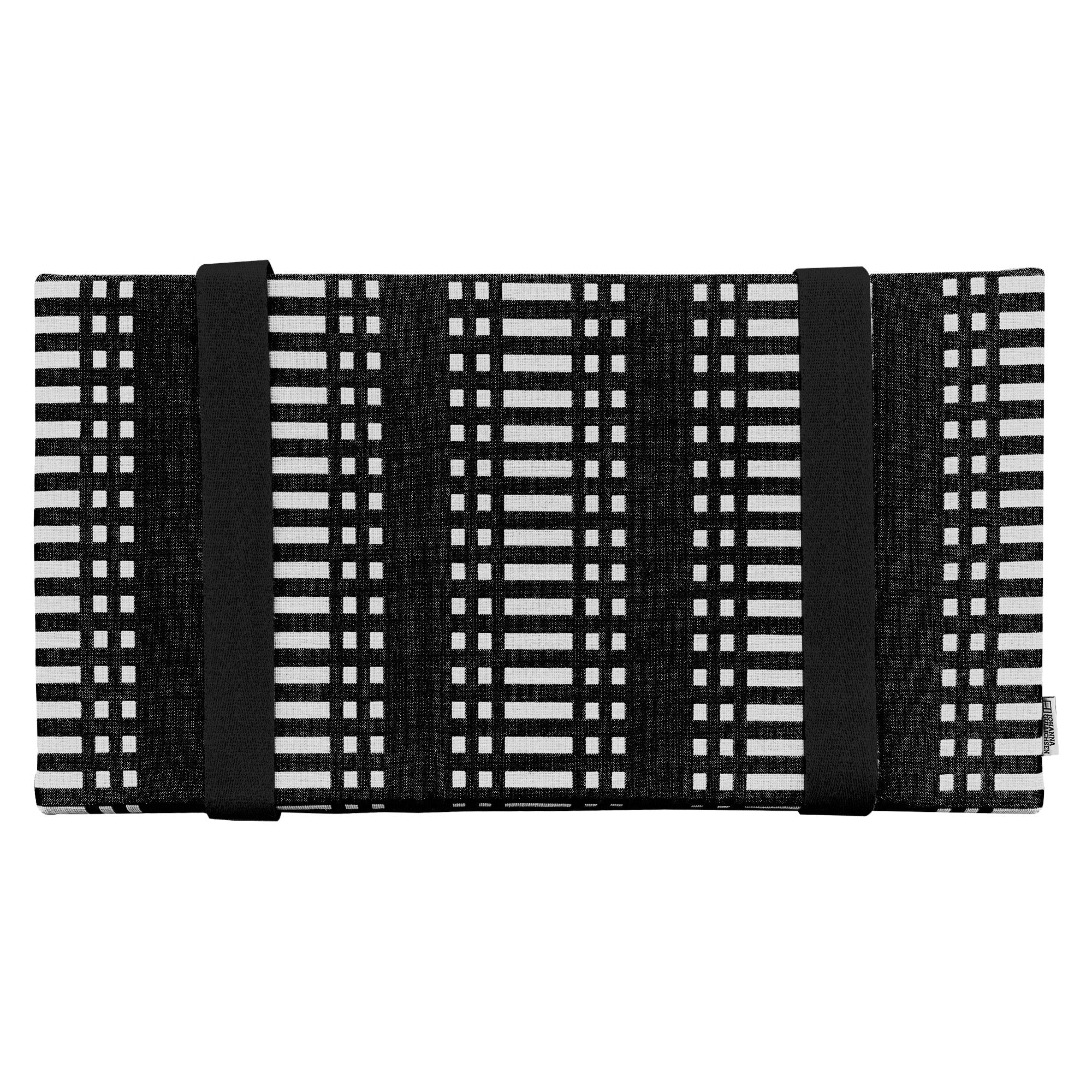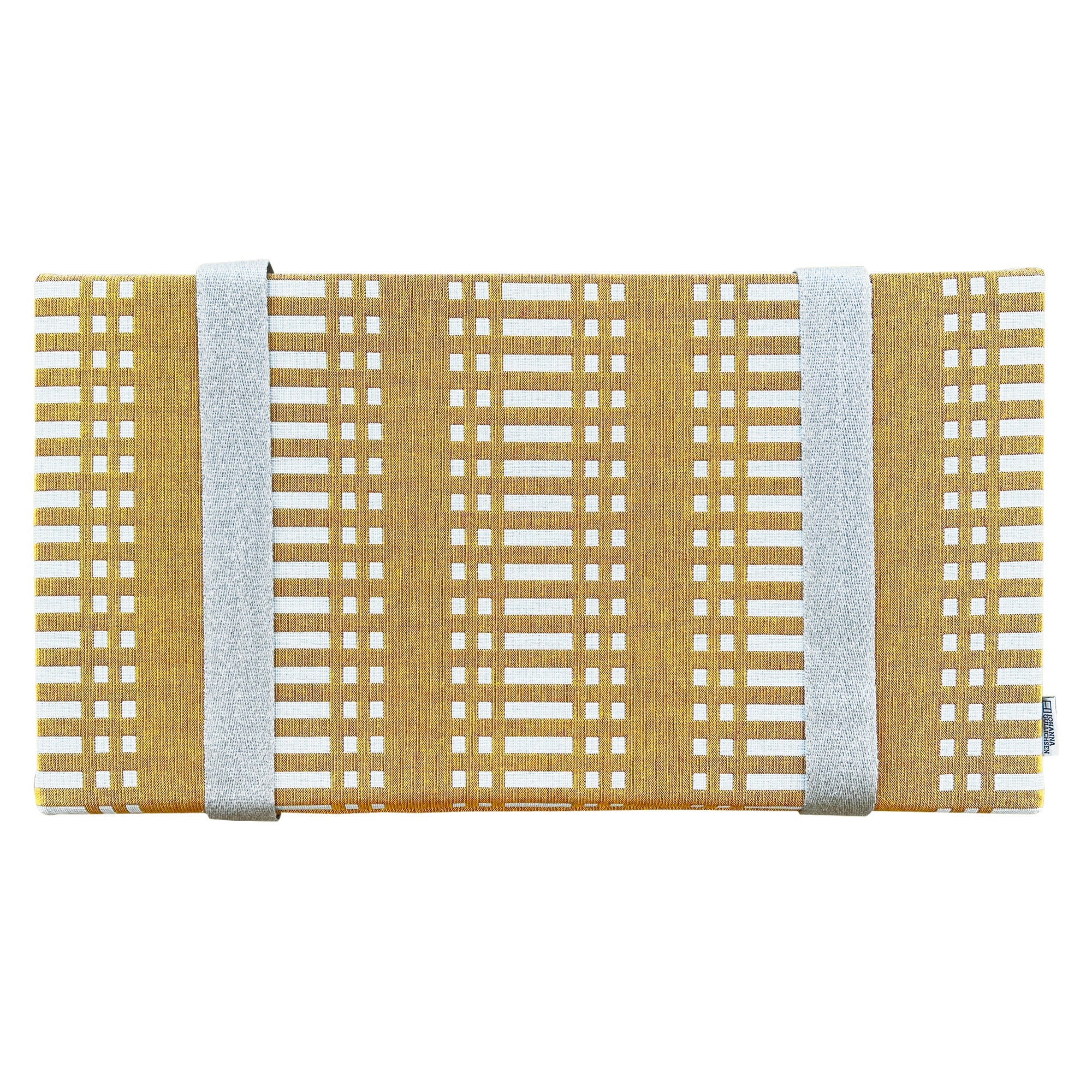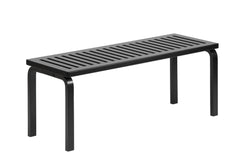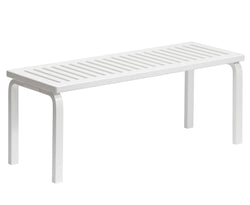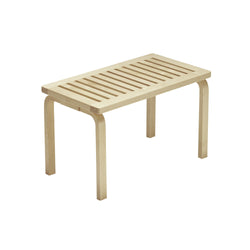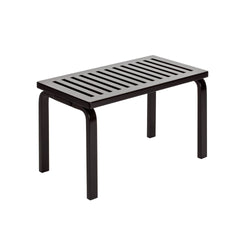Artek 153A bench wild birch is part of the Metsä collection launched by Artek in 2024. The Metsä collection includes familiar stools, benches, tables and chairs. Normally, the trees used in Artek's products have been carefully selected for appearance reasons, and only individuals that meet strict selection criteria have ended up in production. Because of this, little natural variation has been seen in the grid beds. These restrictions have not been related to the durability or quality of the wood, but more to the market's perception of aesthetic uniformity. In the furniture made from wild birch, these aesthetic limitations have been left aside and all kinds of birch and their parts have been selected for production - and that is precisely where the beauty of the products of the Metsä collection lies.
In the Artek 153A lattice bench made of wild birch, significant knot points that were previously excluded from production, traces left by insects, as well as darker heartwood and other possible natural color variations are visible. By acting in this way, natural resources can be used more responsibly, and waste cannot be created in the same way. The products of the Metsä collection are the right choice for those who value the sustainable use of natural resources and design. The products of the wild birch Metsä collection have been designed in collaboration with the Italian company Formafantasma.
The Artek 153A bench is a light and versatile piece of furniture for home and public spaces. The slatted bench designed by Alvar Aalto in 1945 has been polished to the last detail. The slatted bench works both as a bench and as a platform, on which you can make, for example, beautiful flower arrangements. The airy lattice bench can be placed, for example, in the entrance hall, living room, bedroom or even in dressing rooms.
The seat part of Artek's 153A bench is a slat made of solid birch, and the legs of the bench are the familiar L-legs. Architect and designer Alvar Aalto started experimenting with bending wood in the late 1920s. He developed a pioneering process in collaboration with furniture manufacturer Otto Korhonen, which resulted in the L-leg. The innovation meant the interruption of long-standing traditions in furniture production. Aalto patented the technology in 1933. Lämpimä's organic wood material could now be used to make durable and solid furniture.


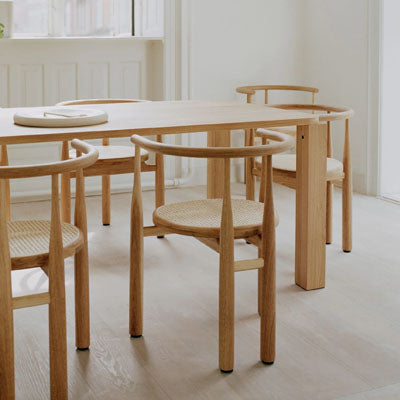
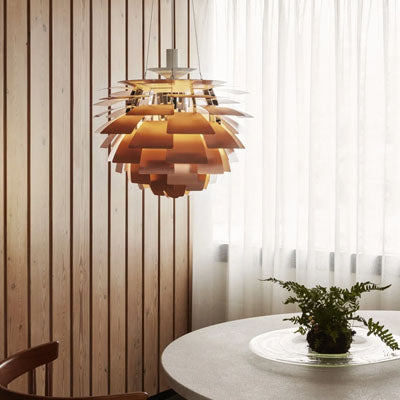
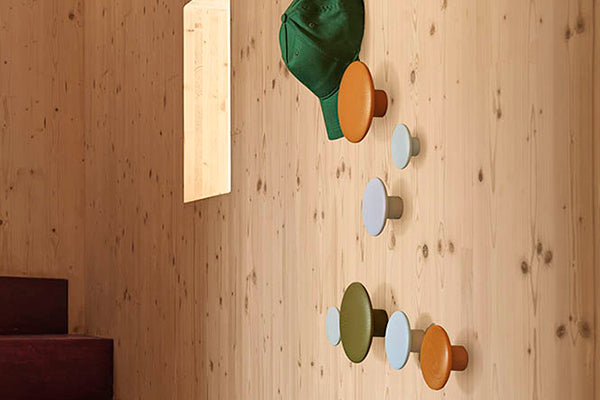
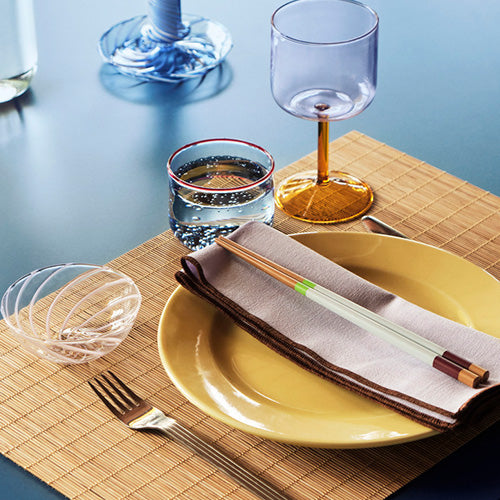
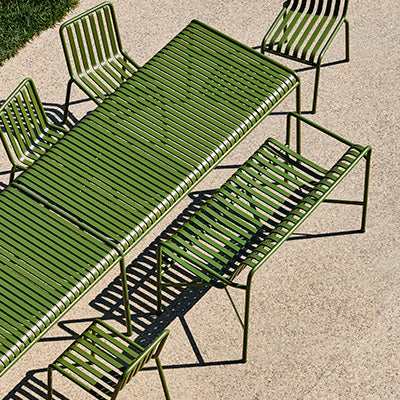






 14 days free return
14 days free return
 Free delivery for orders over €99
Free delivery for orders over €99

